Recently, scientists at Rice University in the United States have developed a simple method for manufacturing three-dimensional conductive objects from graphene foam, which brings new possibilities for applications such as energy storage and flexible electronic sensors.
background
If there is a new material that is very likely to set off a new technology and new industry revolution sweeping the world, many people will think of graphene. This honeycomb structure composed of a single layer of carbon atoms has many excellent characteristics, such as light and thin, good flexibility, high lightness, excellent electrical and thermal conductivity and so on.

As a very popular new material and new technology, the author has introduced many innovative research results on graphene before, involving the study of graphene characteristics, preparation methods, and practical applications.
From the perspective of practical application, graphene has many applications in flexible electronics, high-efficiency transistors, new sensors, new materials, batteries, supercapacitors, semiconductor manufacturing, new energy, communications, terahertz technology, medical treatment, aerospace energy technology, molecular electronics, etc. The field has important value, so it has great commercial prospects and is also a strategic material that all countries in the world are focusing on.
However, the production of high-quality graphene through low-cost, easy-to-operate, and high-efficiency preparation methods is critical for the large-scale production and commercial application of graphene. For example, the author once introduced the preparation methods such as "microfluidization method", "explosion method", "laser induction method" and so on.
In February of this year, the author introduced that the laboratory of Rice Tour chemist James Tour in the United States "burned" graphene (LIG) produced by laser induction into paper, clothing, coal and certain foods, and even toast bread.
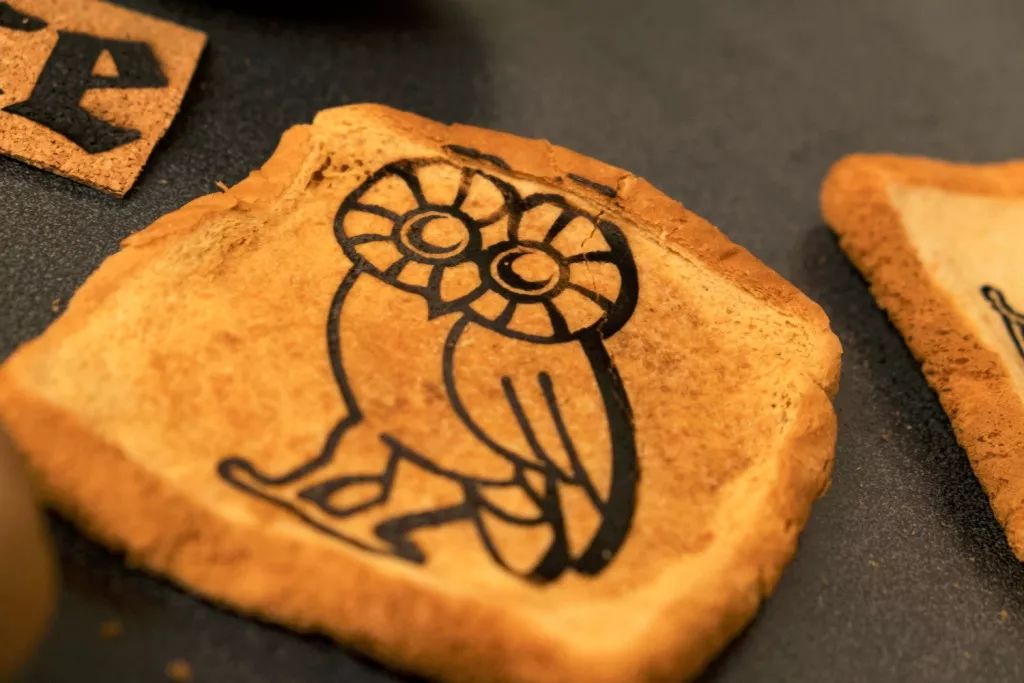
(Photo credit: Rice University/Jeff Fitlow)
The LIG pattern is written into the target material and can be used as a supercapacitor, fuel cell electrocatalyst, RFID antenna, biosensor, etc. For example, the LIG pattern can be used as an RFID tag on food to record information such as food production address and production date; it can also be used as a sensor to detect E. coli and other microorganisms in food. In addition, Tour said that flexible wearable electronic devices will become an early market application of this technology, such as placing conductive wires into clothing, which can be used to heat clothing or add sensors or conductive patterns.

(Photo credit: Rice University/Jeff Fitlow)
Innovation
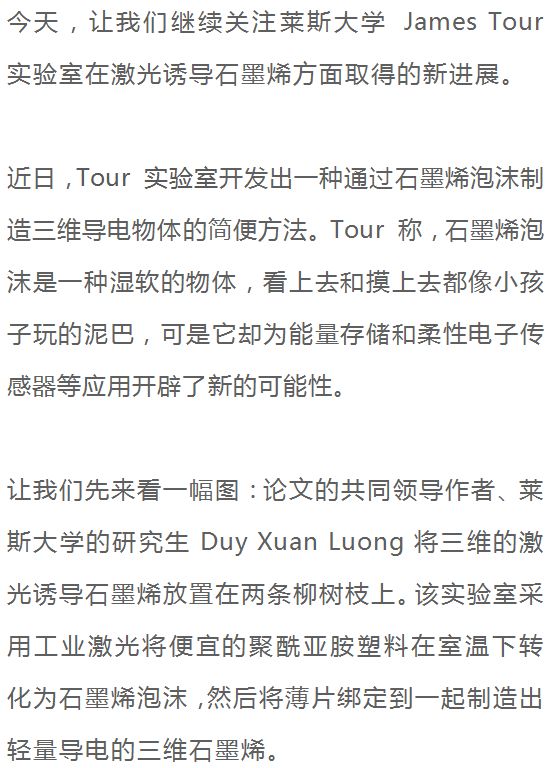

(Source: Rice University)
A paper on this technical detail was published in the journal Advanced Materials.
technology
In 2014, the laboratory used lasers to heat low-cost polyimide plastic plates to produce laser-induced graphene for the first time. The laser burns about half of the plastic, turning its top into two-dimensional carbon flakes that are connected to each other. This two-dimensional carbon flake remains connected to the bottom half. LIG will be manufactured in the form of a macro pattern at room temperature. Tour said that the laboratory has expanded their technology to make LIG on wood and even food, but so far it has not been possible to make three-dimensional objects made of pure graphene.
Tour said: "Now, we have constructed a prototype machine to make graphene foam into a three-dimensional object through automatic continuous layering and laser irradiation. This does not require a furnace or metal crystals, which truly brings graphene to three dimensions, and Our craft is easy to expand."
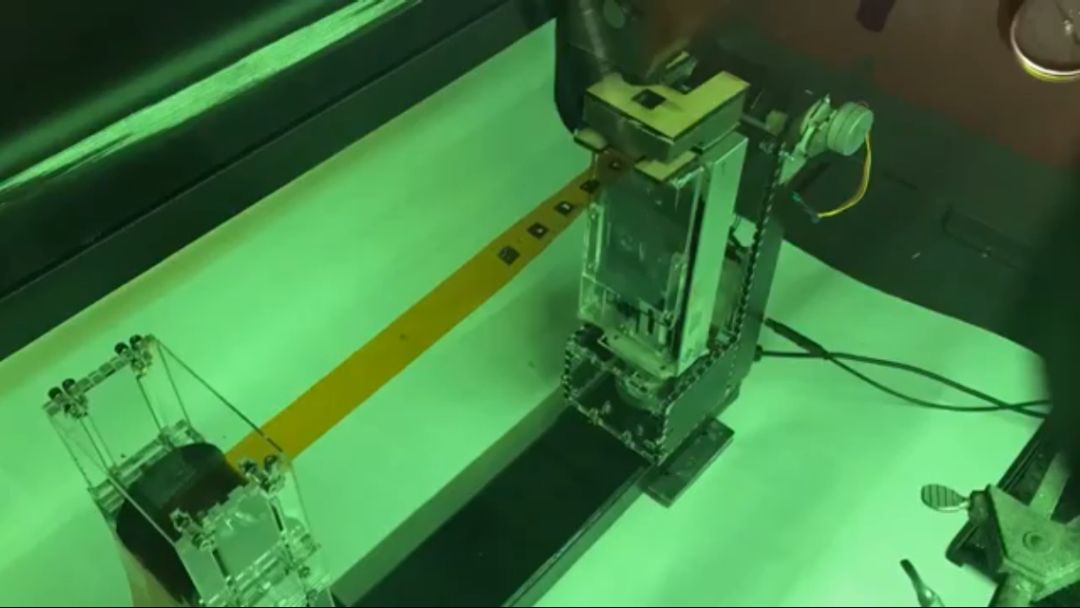
(Source: Rice University)
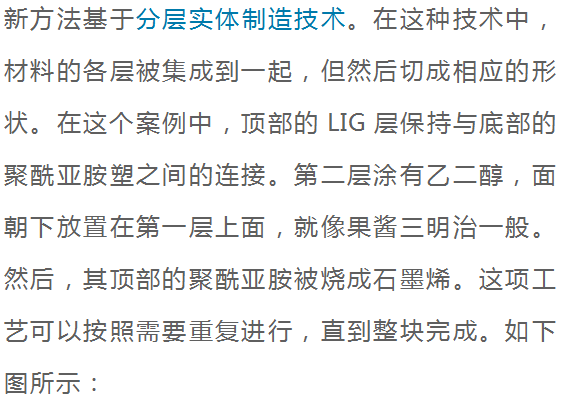

(Photo source: Rice University/Tour Group)
Duy Xuan Luong said that the ethylene glycol adhesive will be evaporated on a hot plate, and any remaining polyimide will be removed in the furnace. This leaves the spongy carbon block in its original state. Rice Labs stacked up to 5 layers of foam, and then used a fiber laser system on an improved 3D printer to grind the carbon blocks into complex shapes.

(Photo source: Rice University/Tour Group)
value
The laboratory produced a lithium-ion capacitor at the proof-of-concept stage, which uses a three-dimensional LIG as the anode and cathode. The mass specific capacity of the anode is 354 milliampere-hours per gram, which is close to the theoretical limit of graphite, while the capacity of the cathode exceeds the average capacity of other carbon materials. After 970 charge and discharge cycles, after a complete test, the battery can maintain 70% capacity.
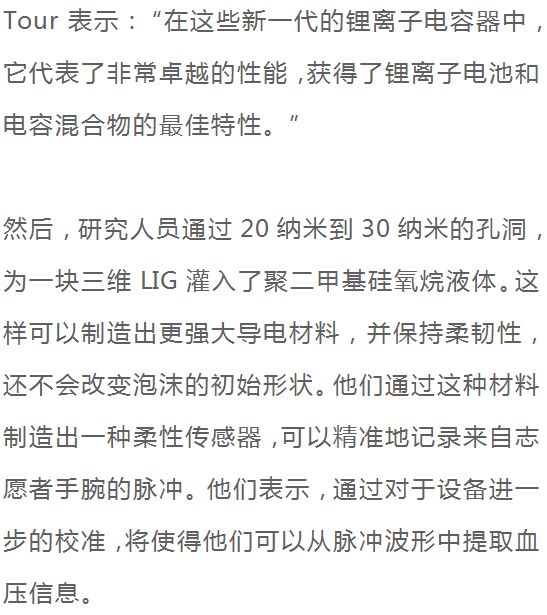
VOZOL BAR 1600 Vape are so convenient, portable, and small volume, you just need to take them
out of your pocket and take a puff, feel the cloud of smoke, and the fragrance of fruit surrounding you. It's so great.
We are China leading manufacturer and supplier of Disposable Vapes puff bars, vozol bar 1600 disposable vape,vozol bar 1600 Puffs Vape,
vozol bar 1600 electric cigarette, and e-cigarette kit, and we specialize in disposable vapes, e-cigarette vape pens, e-cigarette kits, etc.
vozol bar 1600 disposable vape,vozol bar 1600 puffs vape,vozol bar 1600 electric cigarette,vozol bar 1600 vape pen,vozol bar 1600 vape kit
Ningbo Autrends International Trade Co.,Ltd. , https://www.supervapebar.com